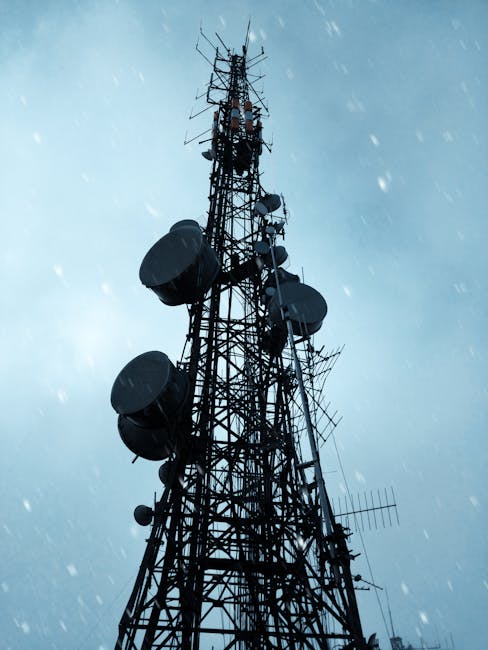
In a move that has raised eyebrows across scientific and government circles, the U.S. Department of Defense (DoD) is set to halt its provision of crucial satellite weather data. This decision, quietly rolled out, has significant implications far beyond military operations, impacting everything from everyday weather forecasts to critical disaster response efforts.
For decades, the DoD has been a primary source of detailed, high-resolution atmospheric data gathered from its extensive satellite network. This information isn’t just used for planning military missions; it forms a bedrock for civilian weather agencies worldwide. Meteorologists rely on this data to build more accurate predictive models, track severe weather events like hurricanes and tornadoes, and ultimately, to issue timely warnings that save lives.
The exact reasons behind the DoD’s decision are still being fully clarified, but reports suggest a strategic shift in resource allocation and a potential move towards more privatized data solutions. However, the abruptness of the change and the potential void it leaves are causing considerable concern. Critics argue that relying on private entities for such fundamental data could lead to increased costs, reduced accessibility, and a potential compromise in data quality or impartiality.
What does this mean for the average person? It could translate to less precise weather forecasts, particularly for extreme events. Farmers who depend on accurate weather predictions for planting and harvesting, airlines that need to plan flight paths around atmospheric conditions, and emergency services coordinating responses to natural disasters all stand to be affected. The ripple effect could be felt globally as many countries depend on U.S. satellite data for their own meteorological services.
As the transition unfolds, the question remains: who will fill the gap left by the DoD’s withdrawal? Will commercial providers step up to offer comparable data, and at what cost? And most importantly, will the accuracy and reliability of the weather information we all depend on be maintained? The coming months will be critical in determining the long-term impact of this significant change on our ability to understand and prepare for the weather around us.
